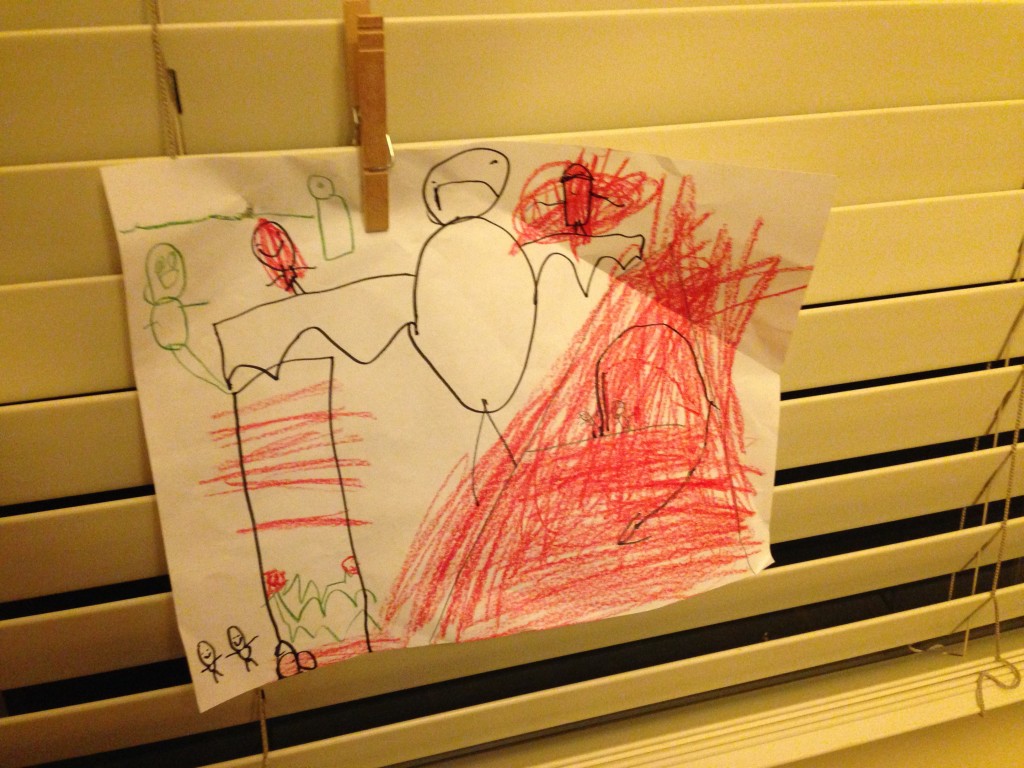We just returned from a 2 week vacation at the beach. The weather was very warm and amazing, every day was a beach day, and we all got our fill of sun, sand, and the surf. We returned on Saturday and started our school year today (I’ll post about that tomorrow), and so during the trip my mind wandered and thought about education, curricula ideas, and fall planning.
I think my approach to academics is a bit on the intense side, but I save the intensity for the three R’s (reading, writing, and arithmetic). We do the 3 R’s daily–we drill, we drill again, and we keep a strict schedule. The way I see it, once a student has learned how to read, write, and reason (math), they are very capable of learning almost any other subject. As a homeschooling mother, my academic goals are simple–give my children the toolset to be life-long learners.
And so subjects like Science, History, Geography and Art are often learned at convenient times, in fun-ways, and are not a source of stress for me. My older children are still very young (2nd grade and K), and I’m sure we will get more “intense” about these none R subjects at some point. But not right now. Right now we are learning science on the beach. Our lessons were fun, student-led, and very memorable.
The kids learned many lessons, including–low-tide is the best time to find sea life in the jetty; blue claw crabs reside in the jetty under the rocks; you should not reach your hand into a small pool with a blue claw crab present; even the small blue claw crabs can take a chunk out of your skin (poor G!); mom is lucky if she can catch a crab with only a bucket and shovel; hermit crabs borrow their shells and change them as they grow; mussels, crabs, and clams all make their own shells; sea gulls view small children with food as prey (poor Claire had food removed from her hand by some very aggressive birds!). And we also discussed some more scientific things, like the diet of bottom dwelling sea creatures, their habitat and need for water, the tracks different animals (mainly birds) leave in the sand, and the concept of tides and the moon.
I’m sure Gianna will think her science book pretty boring after our two weeks at the beach. I know I do!











